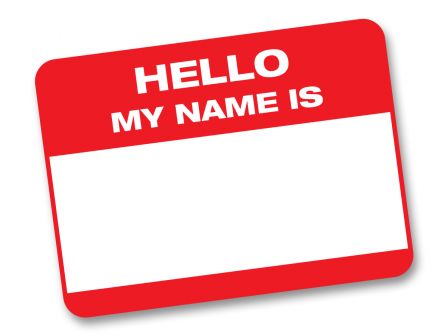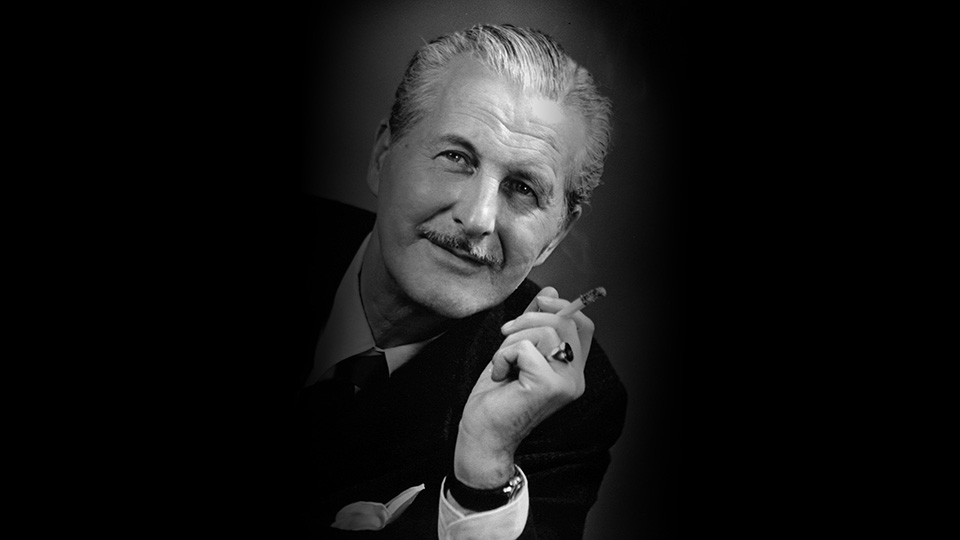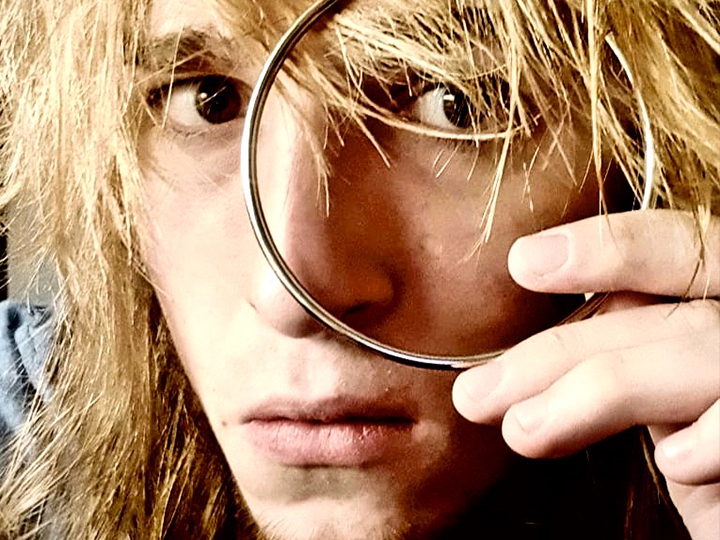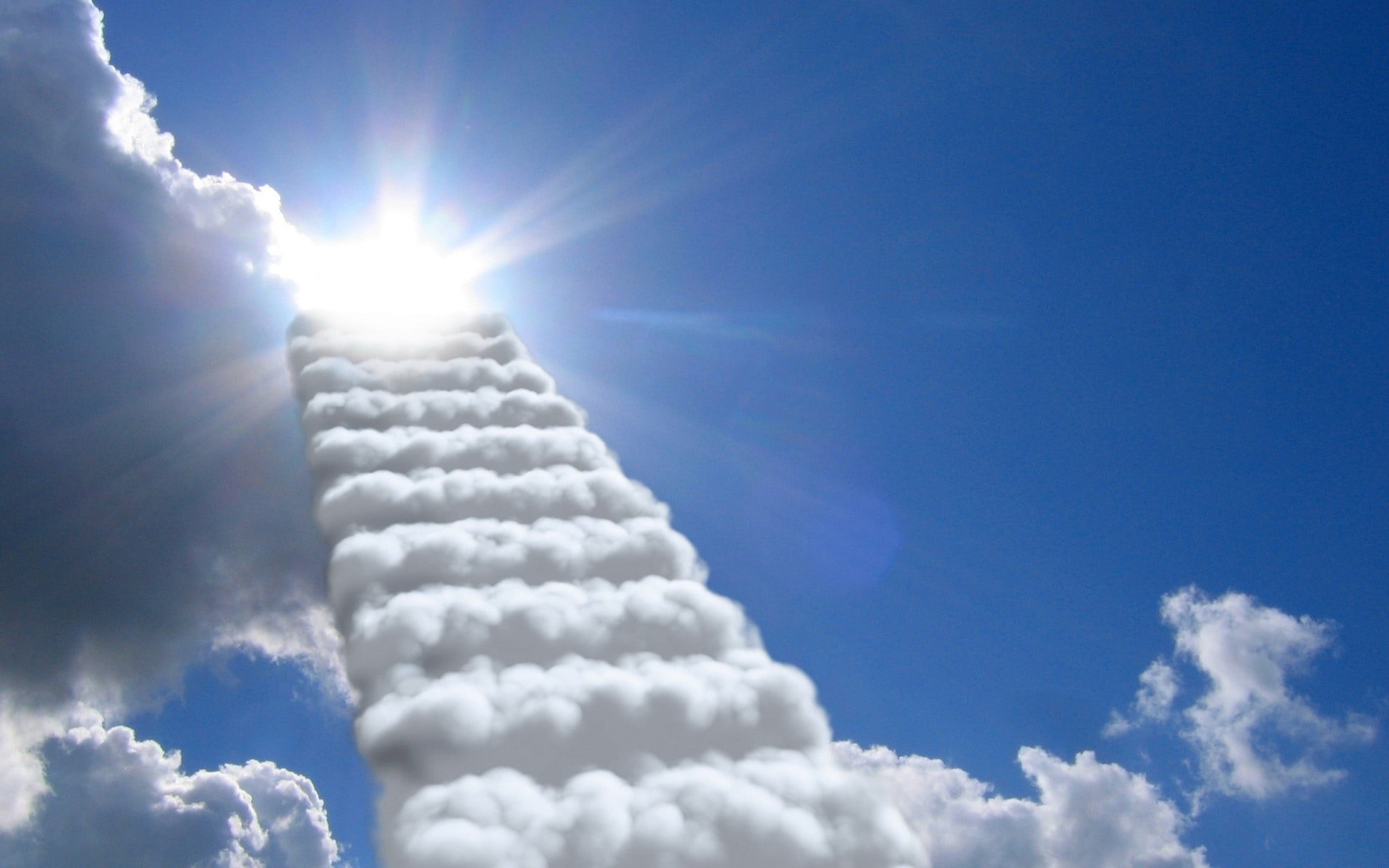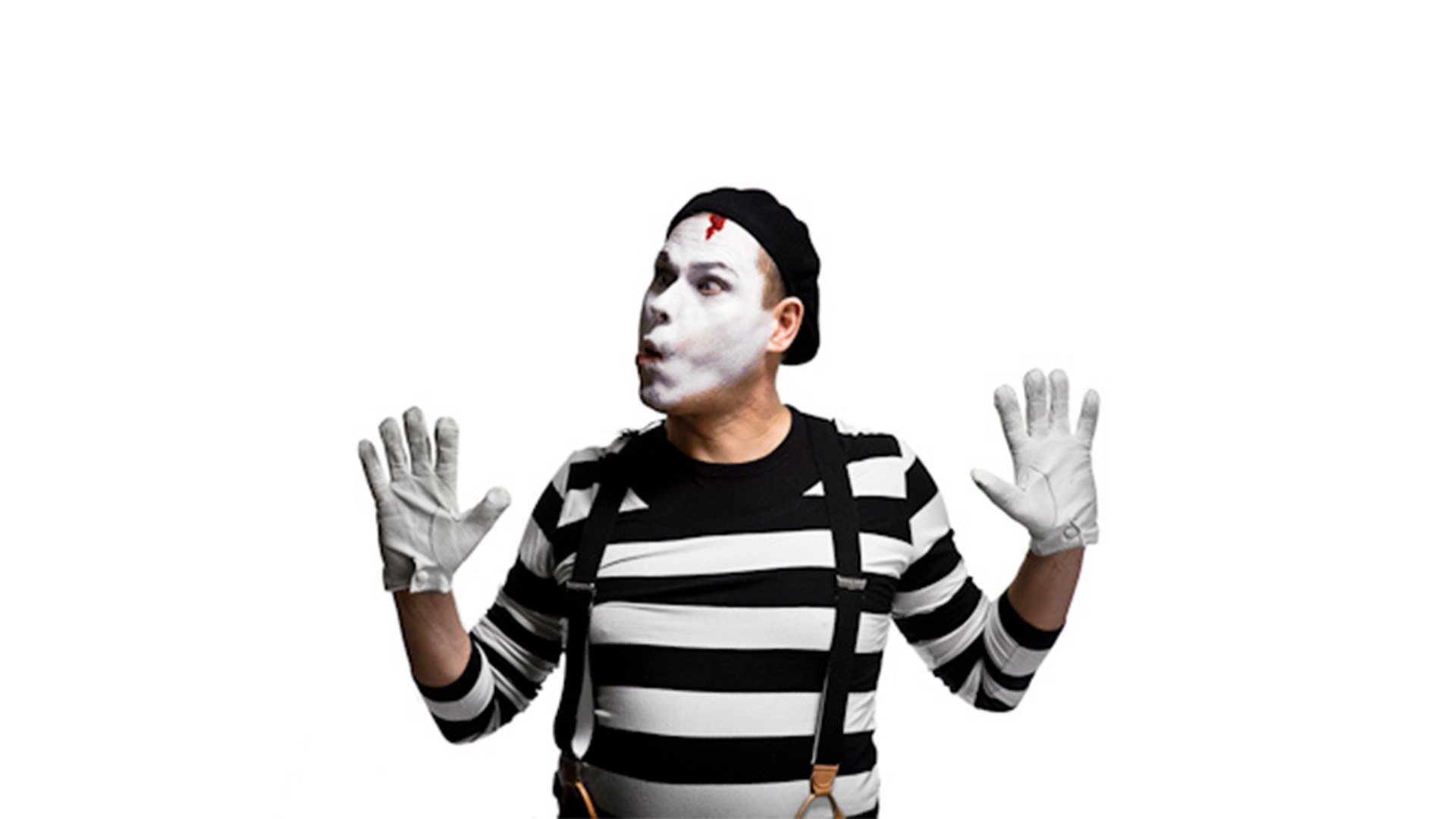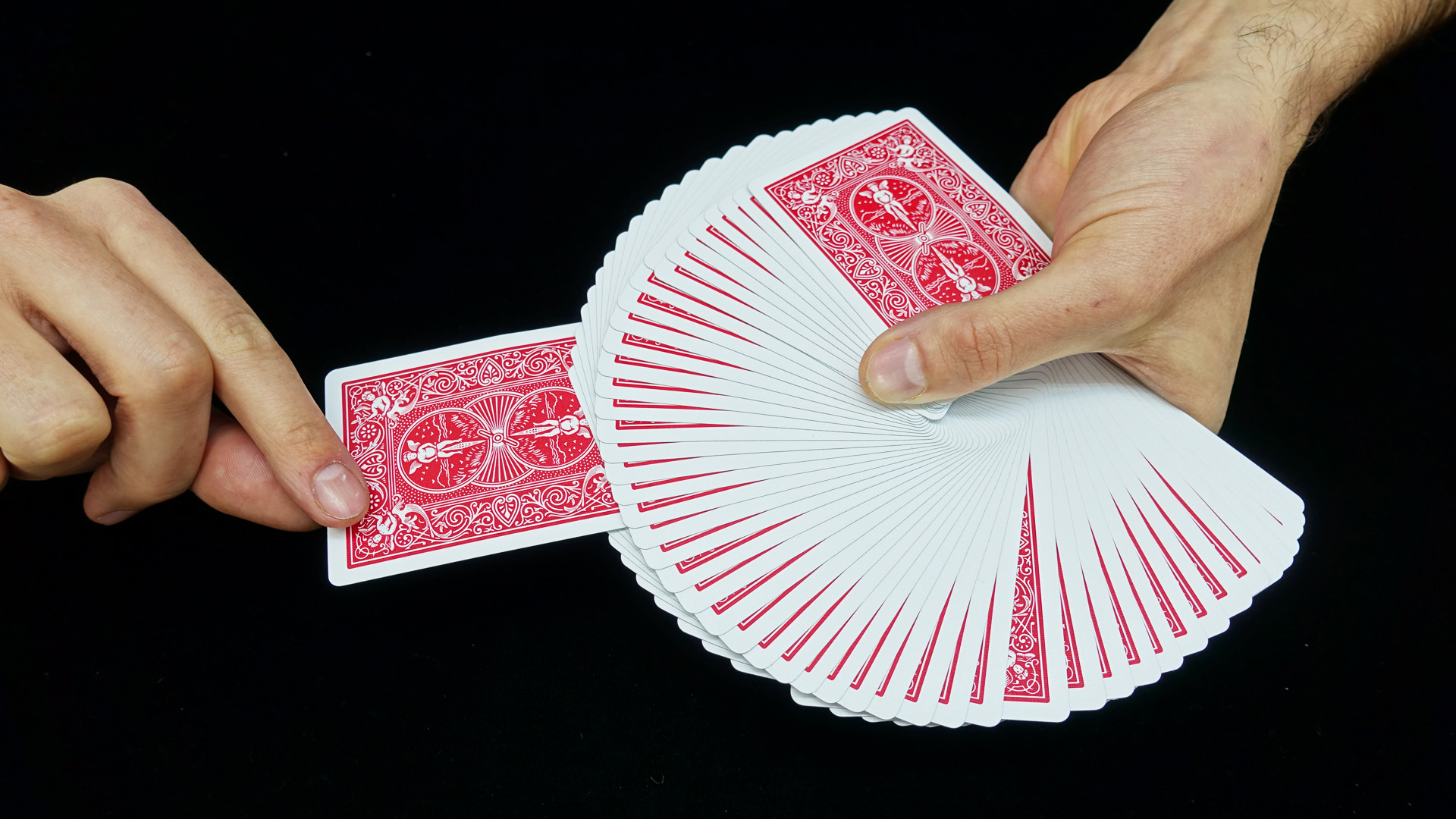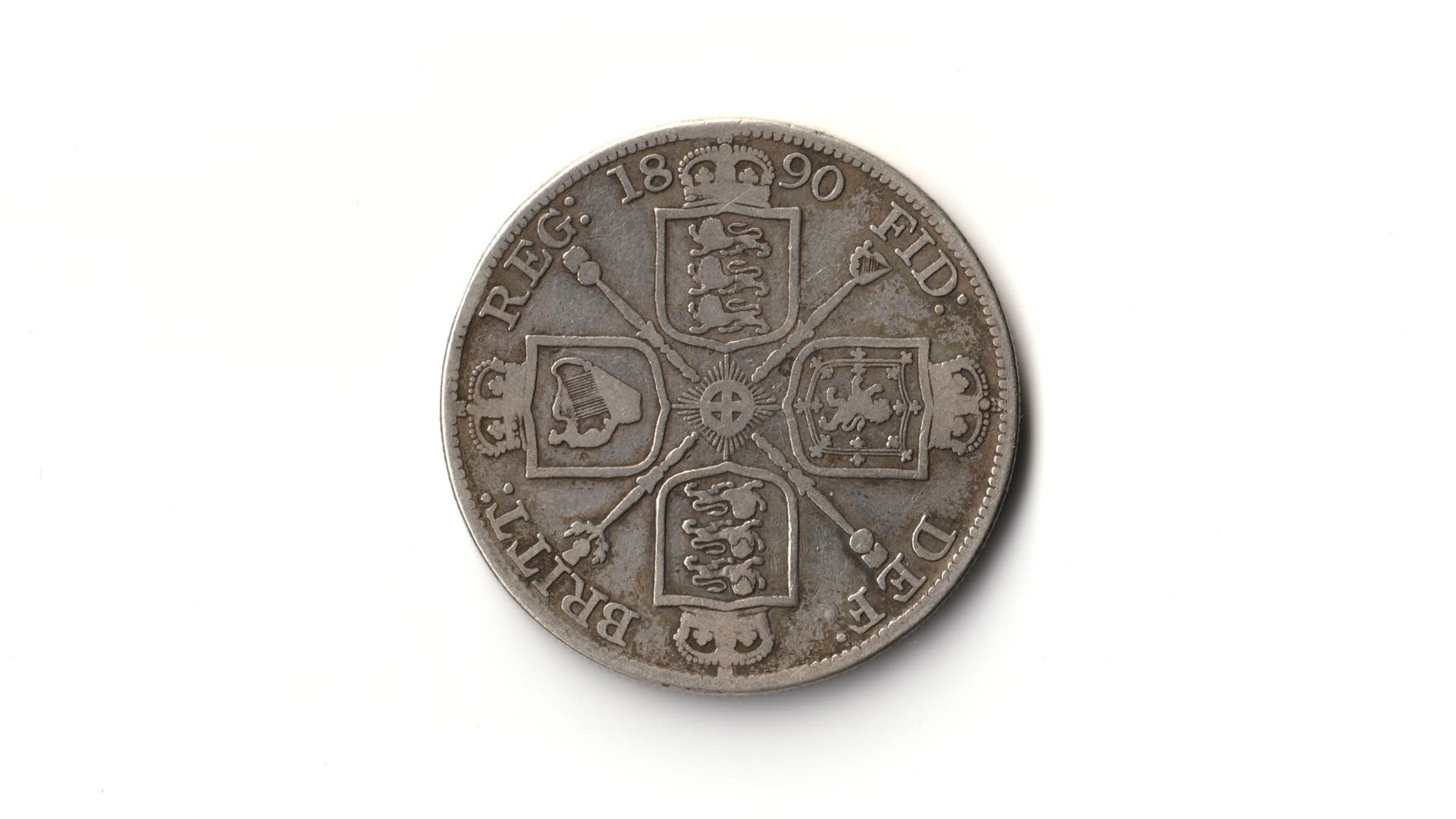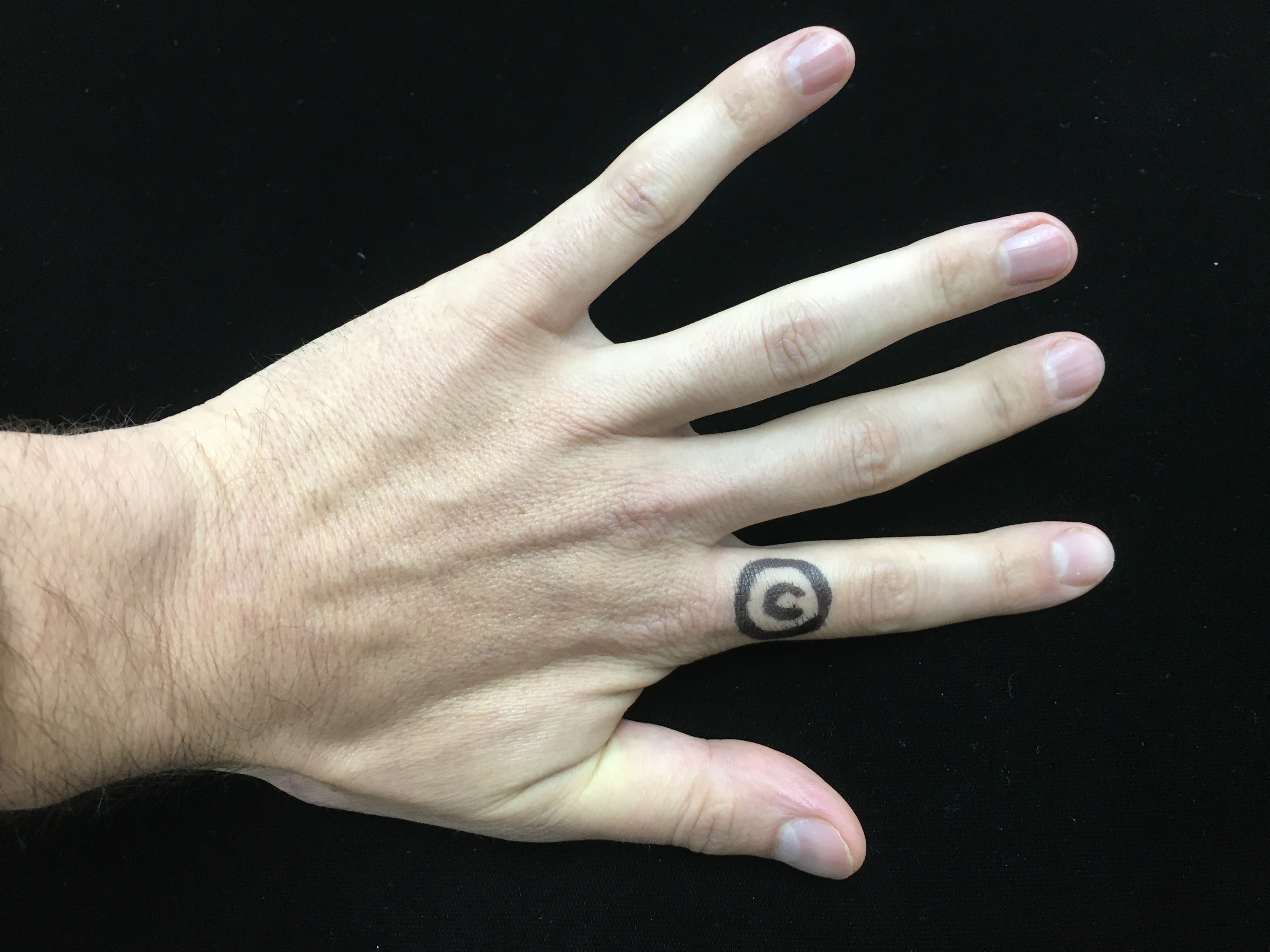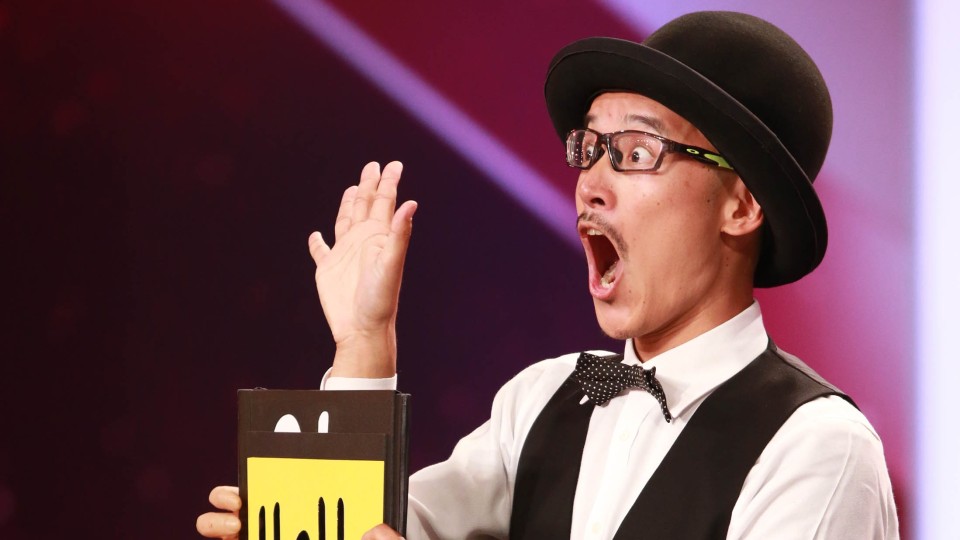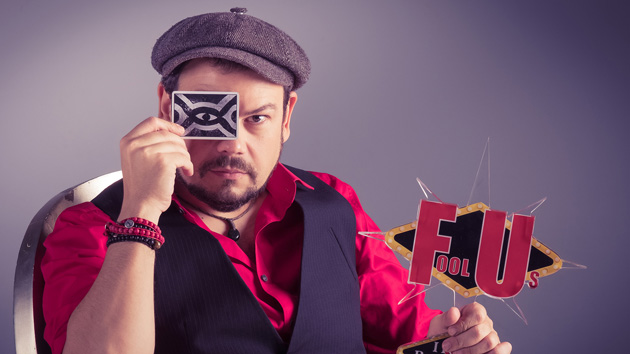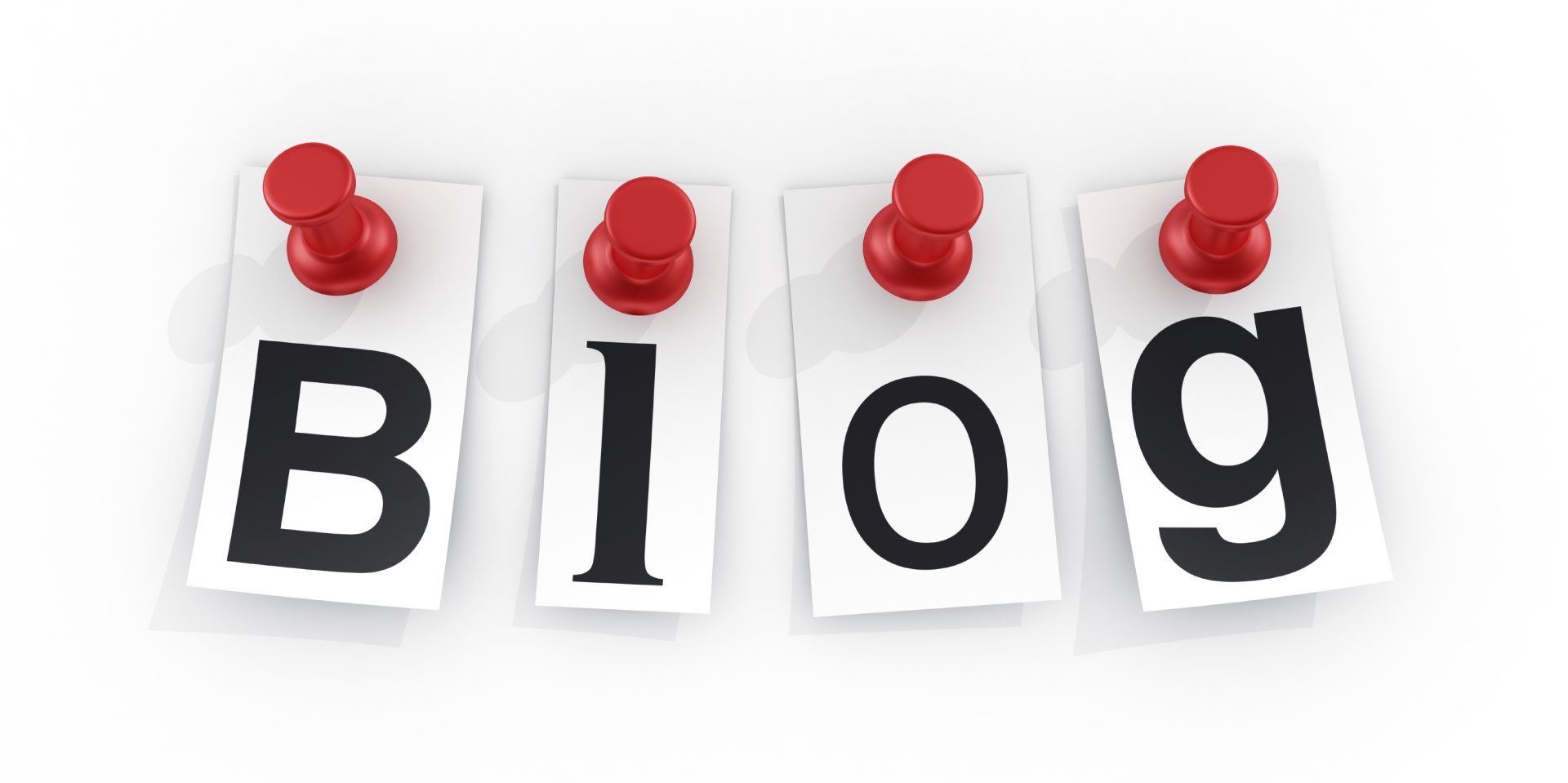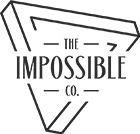Too Perfect Theory – Ponta’s blog
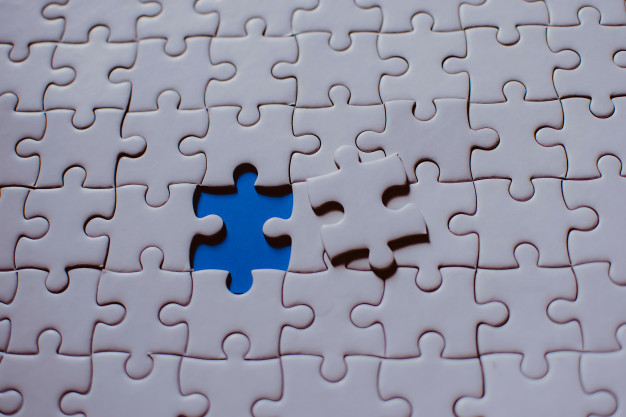
Something is usually deemed perfect if it is devoid of flaws, however in the realm of magic, it has been said that perfection itself can be seen as a flaw. This is the Too Perfect Theory. According to this theory, if something is too perfect, it will point the spectator in the direction of the real secret.
There is still a lot of debate surrounding the theory. When discussing it with Javi Benitez, he told me that Tamariz disagrees with the Too Perfect Theory, stating that if the true secret becomes obvious, the trick is far from too perfect, but rather poorly designed. I have to say that I too share Tamariz’s views.
It is interesting to examine why often when we appear to have increased the impossibility, the end result is less magical. To my mind, there are two reasons. The first I have dubbed the “almost perfect” theory. Strictly speaking, perfection is a binary concept. If we define it as something without flaw, then there is no room for grey. But of course, since real magic isn’t possible, no trick will ever be truly perfect. Dai Vernon once said that we should always strive for perfection even though we will never reach it. The best we can hope for is to get as close as possible. And here we do have room to play with. Sometimes it can happen that when we get too close to perfection, the deceptiveness of the trick drops. When we’re just a short step from perfection, that can be when the few remaining flaws become most glaring. For example, in the mystery box plot, for a while there was a lot of buzz around using a transparent box. Eventually a box with all six sides transparent was developed, but a little while earlier a five-sided version was the best that could be done. Just one of the faces was opaque. All the suspicion of course fell on this face, and (unsurprisingly) this was the gimmicked section. This is a rather obvious example, however the same principle can be seen in more subtle ways all the time. Every attempt to ramp up the impossibility will limit the spectator’s focus, narrowing down the list of potential suspects.
The second factor can be called the “too impossible” theory. While perfection is binary, impossibility isn’t. We can safely say that getting a coin into a bottle is less impossible than squeezing an elephant into the same space. But more impossible doesn’t necessarily mean more powerful magic. Sometimes, too much impossibility can work against you. This is because it can destroy the frame which magic purports to work within. To give an example, mentalism works with the tacit understanding that the volunteer is not a stooge. If you are able to divine a spectator’s card, you are still working within this frame, however if you can divine the serial number of a bill inside their wallet, this frame begins to shake a little. There is a limit to how much impossibility this frame can withstand, and once you pass that point, it collapses only to be replaced by a different frame. If you see a magician vanish Tokyo Tower on TV, the possibility of video editing will likely be part of your frame. If your dead grandma comes back to life in front of you, you will likely question the very frame of reality.
In either case, the spectator will have to latch onto some explanation or other. Of course, in many cases this explanation will be false. But if you’re unable to disprove their explanation, it may as well be true. We need to avoid the spectator coming up with any logical explanation, regardless of its accuracy. It’s our job to design things so that the spectator is either neither willing nor able to find a rationale for what they have witnessed.
It is curious that the shortcomings of a trick are often put down to it being “too perfect”, however it can be useful to realize the pitfalls that lie in wait as we approach perfection. Magicians may differ regarding what is and isn’t a problem, however one common trait among great magicians is their sensitivity to this issue. At the very least, we should not blindly aim for more impossibility without thinking about how it affects the effect as a whole.
